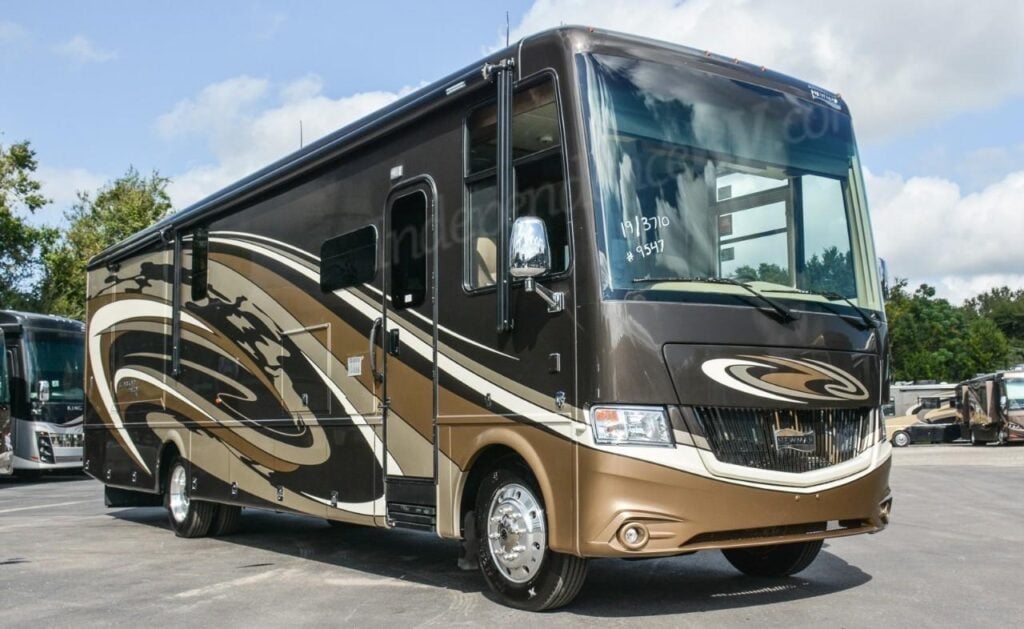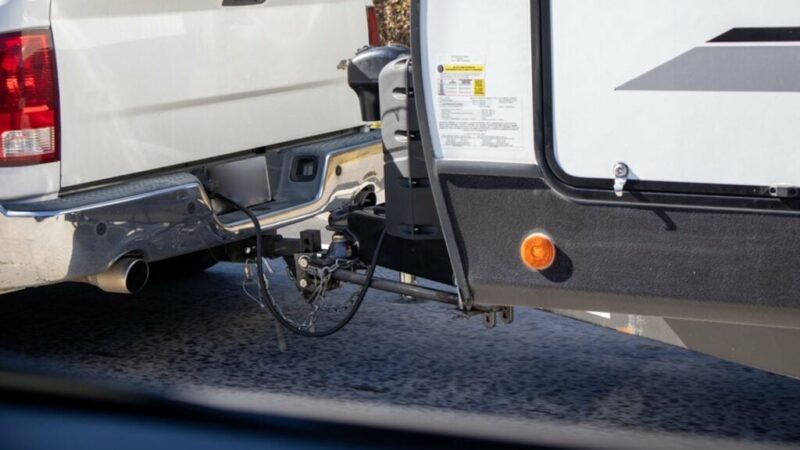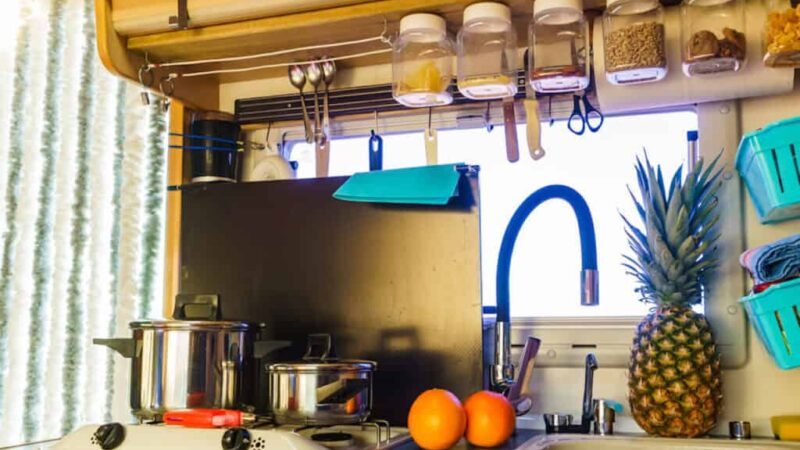The Top Drawbacks Of Class A Motorhomes: What To Know Before You Buy

The Limitations of Class A Motorhomes: What You Need to Know
Class A motorhomes provide numerous amenities for campers. However, they do have certain drawbacks.
More expensive
Class A motorhomes are typically more costly than travel trailers or fifth wheels of comparable length. While they may also be pricier than similarly graded Class B or C RVs, this is not always the case.
You might be able to find a low-grade Class A motorhome that is less expensive than a higher quality fifth wheel trailer built in the same year. However, across the entire range of quality standards, Class A motorhomes are generally more expensive than any other RV of the same relative grade, and only Class A motorhomes have brands and models priced at over a million dollars.
Limited access
Another disadvantage of a Class A motorhome is its size. Most of them have a full set of basements around the bottom of the RV, which pushes the floor in the livable space several feet off the ground. The nine-foot ceilings, roof cap, and air conditioning units on the roof result in an overall exterior height of more than 12 or 13 ft. This height (to width and weight ratio) can result in the motorhome being top-heavy and unstable. A Class A gasser is even more prone to being top-heavy because it’s built on a lighter chassis. A Class A diesel motorhome can weigh 20,000 pounds or more than its gas counterpart, and those extra pounds help balance the weight distribution. A top-heavy RV is less stable on the road and must be driven with extra care.
Tall Class A motorhomes, whether diesel or gas-powered, can pose issues when encountering a low overpass, bridge, or tunnel. Beyond clearance concerns, these large RVs are not ideal for smaller secondary roads or forest service campgrounds.
If you now own or are thinking of purchasing a Class A motorhome, take advantage of all the powerful navigational tools from RV LIFE Pro. This includes an RV-safe GPS system that is calibrated for the actual size of your RV so you can avoid low overpasses and roads not suitable for big rigs.

The livable space
In any RV with an engine, you lose livable space to the engine and driver’s area in the RV. This loss of livable space might be more pronounced in Class B and C RVs, but any RV with a motor forfeits some of the livable space in the driver’s area and all of the engine compartment. In contrast, travel trailers and fifth wheels provide livable space from stem to stern. A 38-foot Class A motorhome may only provide 34 feet of livable space, but you’ll be charged for the entire 38 feet. In contrast, in a fifth wheel, you may only need 34 feet of livable space, so you can buy the shorter RV and just pay for the space you need.
In my opinion, however, a Class A motorhome’s best aspect is its front windshield. The window effectively expands the living, dining, and kitchen areas, supplying ample natural light and scenic views. Despite the driver’s area and engine compartment’s space constraints, the generously sized window creates a sense of spaciousness.

No extra vehicle for side trips
A Class A motorhome’s ultimate drawback is its inability to tow a separate vehicle for daytime activities. This limitation applies to all classifications of motorhomes. Since the RV’s motor is integrated into the chassis, any trips to the store or other locations require walking, biking, or relocating the entire RV.
Due to this constraint, the majority of individuals who camp in a Class A motorhome buy and tow a vehicle behind their motorhome. Although necessary, this presents a drawback as it adds to the cost of your RV setup. Furthermore, it elongates and weighs down the entire rig. This affects fuel efficiency, adds to additional expenses on ferries and toll roads, and makes it more difficult to find appropriate campsites.
A 45-foot Class A motorhome towing a Jeep Wrangler is approximately 65 feet in total length, depending on the brand of tow bar used to couple the two vehicles together. That extra length makes it more difficult for traffic to safely pass a Class A motorhome with a dinghy in tow. Additionally, the extra vehicle behind the motorhome increases stopping distance and reduces maneuverability, making it even more difficult to drive.
Plan a safe trip in your big rig
Class A motorhomes are a popular choice within the RV community. However, there are several drawbacks compared to other RV types. When considering buying an RV, it is important to weigh all options and determine your camping preferences, duration, and companions. You may find that a Class B van or a travel trailer is more suitable. Or you may opt for a Class A motorhome, despite their disadvantages.
For all of your trip planning needs, look no further than RV LIFE Campgrounds and RV LIFE Trip Wizard. Campground Reviews is a trusted source of campground reviews offered by RV enthusiasts just like you. With its accompanying RV LIFE App, RV Trip Wizard gets you to your camping destinations utilizing RV-friendly routes.
Been to a campground lately? Don’t forget to leave a review! Reviews help other RVers like yourself, and they help the campground. Leave a campground review today!
Related articles:
The post The Top Drawbacks Of Class A Motorhomes: What To Know Before You Buy appeared first on RV LIFE.






